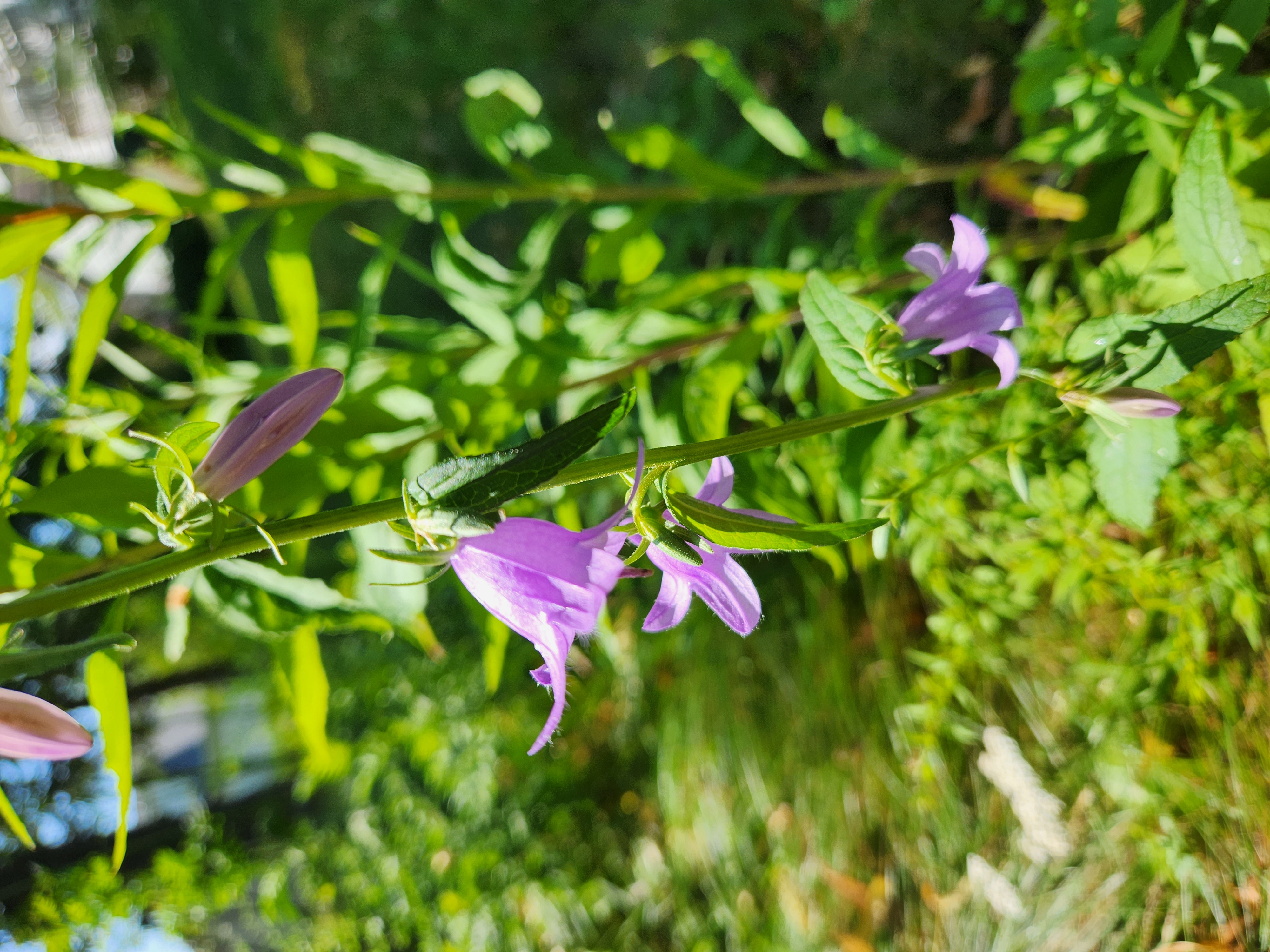Our Design Philosophy

It is well known that planting trees is a good way to catch carbon, making trees one of the best ways to address climate change. But what do we do with them after we plant them? Throughout its lifespan and especially at the end, a tree will produce large amounts of wood that is usually treated as a waste product. Many people burn their wood debris, putting the carbon right back into the air.
Your wood is not a waste product. It is a natural resource. By burying wood and using it as mulch, we put the carbon into the soil where it can make food, retain water, and create beautiful landscapes.
Most trees in a populated area have a 50 year useful lifespan. Young trees catch carbon faster. Old trees become dangerous and expensive to maintain. When a tree is felled, a new tree can be planted on that land to catch more carbon. Wherever your trees are in this cycle, we have products and services designed to maintain healthy trees and make good use of the carbon that they catch.
-
Start From the Natural Baseline
If you do absolutely nothing, a landscape is going to take on a certain shape. It may become a field of wildflowers, a grove of trees, or a boggy wetland. Starting from that baseline, everything that we do is an investment in labor and resources that improves the landscape in some way.
-
Replace Grass Lawns with Wildflower Meadows
In order to make a grass lawn look good, you need to spend hours every month maintaining it. Water, fertilizer, mowing, weeding. The mowing sounds obnoxious and kicks allergens into the air. And you get very little for all of that work.
Once established, a wildflower meadow only requires maintenance twice a year. It looks beautiful, is pleasant to spend time in, and provides food for butterflies and bees.
To kill the grass, we use a thick layer of cardboard with a layer of soil on top. We use native seeds, so they are adapted to local conditions and support the local ecology.
This is a good place to put other fragrant plants that require low maintenance, like rosemary and mint. Stroll through your meadow in the evening and pick chamomile flowers and mint leaves to make your bedtime tea.
-
Gardens
We use irrigation and make design choices to reduce work and increase reliability and output.
Healthy soil is the foundation of every garden. It is made of organic matter in a state of decomposition. A robust community of bacteria, fungus, insects and worms makes nutrients available to plants and keeps pests in check. This healthy soil ecology takes decades to develop on its own. By using sustainable agricultural technologies, we can jump start these systems in just a few years.
The two primary elements in living soil are carbon and nitrogen. Both of these elements exist in abundance in the air. All plants absorb carbon from the air, but trees are particularly effective. Some plants absorb nitrogen. By burying the carbon in the wood and using plants that absorb nitrogen from the air, we create well balanced healthy soil without using expensive and unsustainable inputs.
It takes about three years for these installations to mature. They are stable for 10 to 15 years, at which point we are left with a pile of very healthy soil that can be used to cover more wood that we bury, and the cycle begins again. Each time we run this cycle, we catch more carbon and build more fertile soil.
